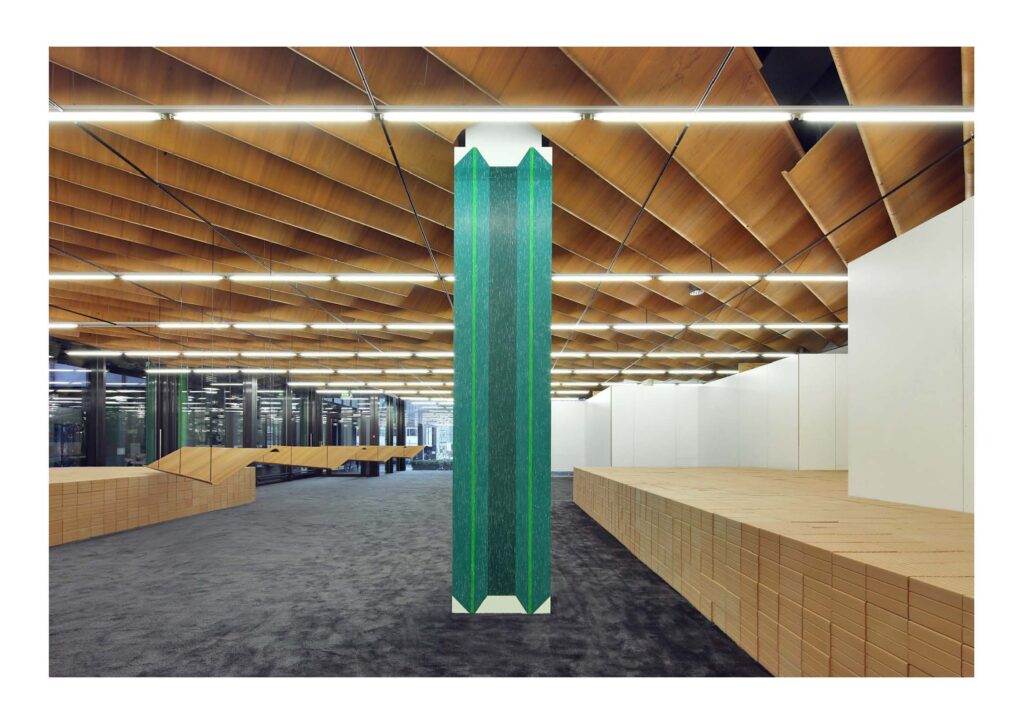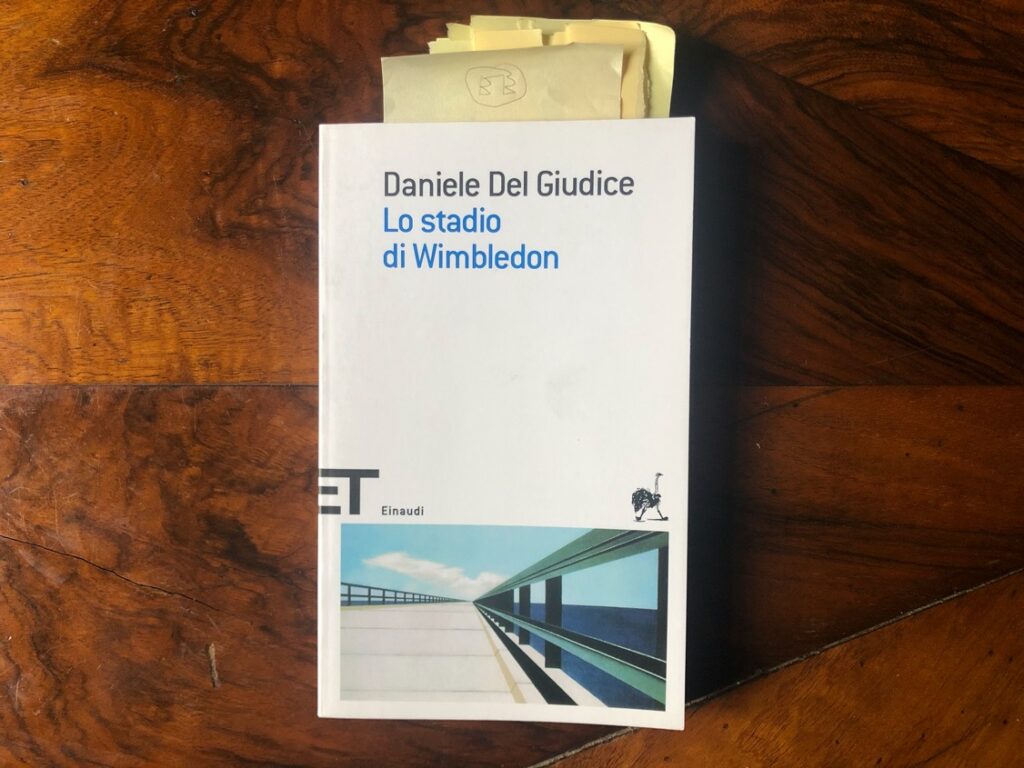Return to archive
title
The American Pictures of the “Shrimps’ Vanguard”
author
Filippo Cattapan
Abstract
The research addresses the idea of the “picturescape” as a form of episteme1, which tacitly and structurally influence the operative design modalities applied in both architectural theory and practice. The definition of “picturescape” is derived from the term “objectscape”, coined by the Leiden archaeologist Miguel John Versluys. Specularly to this notion, the term refers to the new configuration of visual culture that was caused by the emergence of the technical means of images reproduction from the beginning of the Seventeenth century onwards. During the course of the following centuries, pictures differently corresponded to the historical contexts in which they were acting, producing a substantial impact in the definition of the coeval cultures and of their related ideas of architecture. Final objective of the research is the thorough understanding of such an influence at the multiple levels at which it operated.
This text is the draft of a chapter of the PhD research Architecture by pictures: Visual Design Methods in Modern Europe, currently developed at the Bergische Universität Wuppertal under the supervision of Prof. Christoph Grafe and Gaia Caramellino, within the framework of the EU funded research network TACK Communities of Tacit Knowledge.
The research addresses the idea of the “picturescape” as a form of episteme1, which tacitly and structurally influence the operative design modalities applied in both architectural theory and practice. The definition of “picturescape” is derived from the term “objectscape”, coined by the Leiden archaeologist Miguel John Versluys2. Specularly to this notion, the term refers to the new configuration of visual culture that was caused by the emergence of the technical means of images reproduction from the beginning of the Seventeenth century onwards. During the course of the following centuries, pictures differently corresponded to the historical contexts in which they were acting, producing a substantial impact in the definition of the coeval cultures and of their related ideas of architecture. Final objective of the research is the thorough understanding of such an influence at the multiple levels at which it operated.
The present chapter mainly deals with the architectural communities of the 1970s and with their visual imageries. The Biennale of 1980 La presenza del passato is considered as the main case study for the analysis. By applying an iconological method, the documents exhibited at the time are comparatively studied, and a possible genealogy of the visual references applied in the design process is attempted.




